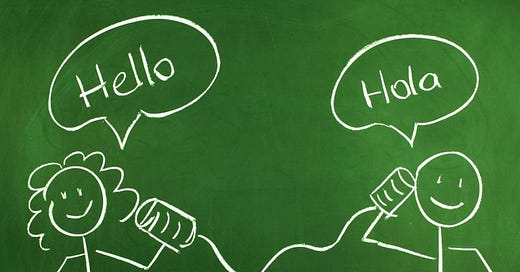Bilingual Schools Are Beneficial for Latino Students But Often Inaccessible
Dual language programs should be the best of both worlds for Latino students but systemic issues often keep them from receiving the education they deserve.
Raising kids to understand different cultures, languages, and their own heritage is more important than ever. Bilingual schools provide a great setting for Latino families trying to preserve their language and identity while helping their kids succeed in American culture. But many Latino students still face big hurdles in accessing these programs.
Bilingual education has deep roots in the U.S., dating back to the 1600s, but modern bilingual schooling really took off after the Cuban Revolution, when Cuban immigrants in Florida set up successful programs to keep their culture and language alive while adapting to life in the U.S.
Today bilingual public and private schools exist, but they’re not always easy for Latino families to access. Private schools are often too expensive, and even public ones can create challenges. In predominantly white areas, Latino students might feel out of place even if the school helps them maintain their language skills.
What Needs to Change
Experts agree that better funding and resources are essential for bilingual programs to succeed. Schools need the proper support to pay teachers and provide learning materials in both languages. Latino families, especially those with limited experience navigating the American school system, need more guidance to access these programs.
While directories like the Dual Language Program Directory can help families find bilingual schools, the reality is that many programs are either too expensive or not available in certain areas. The U.S. also falls behind other countries when it comes to teaching foreign languages with only 20% of students learning a second language compared to nearly 100% in countries like Spain and France.
Despite these obstacles, bilingual education remains valuable. It not only helps students communicate better and connect with their heritage but also encourages a deeper understanding of other cultures. As America becomes more diverse, bilingual schools should become normalized and staffed with teachers who reflect the backgrounds of the students they teach.





